Latest

Mouse study reveals multi-generational benefits of exercising during pregnancy
Maternal exercise during pregnancy enables multiple generations of mice to inherit enhanced fitness, with vitamin C playing a key role.
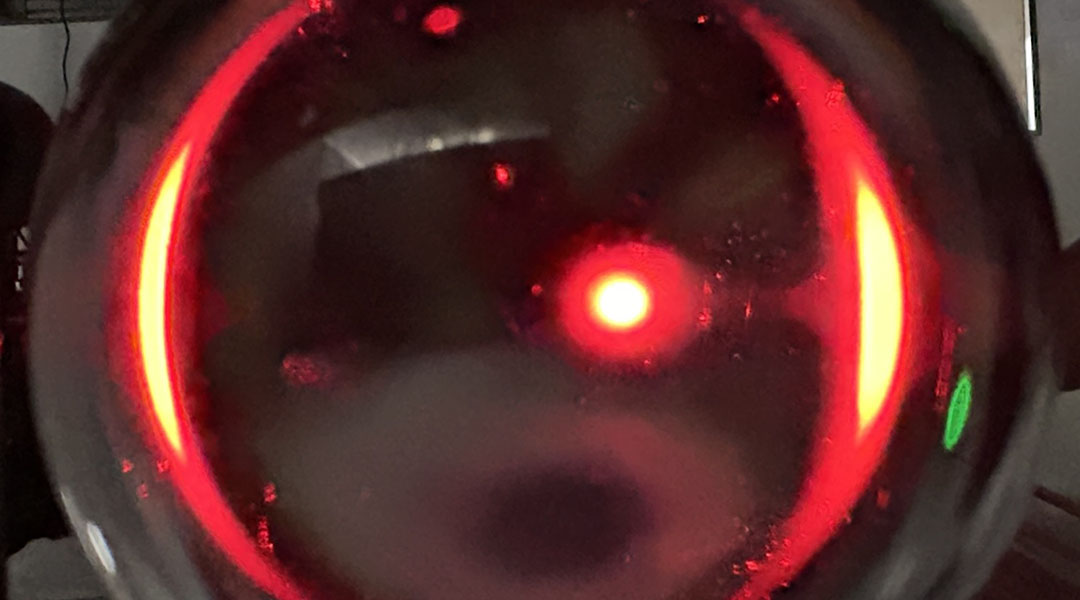
Researchers replicate gravitational lensing in the lab
Lenses help researchers mimic the way massive cosmic objects bend light—bringing the elusive effects of gravitational lensing to Earth.

Cold shock from ice baths leads to stronger cells
New study reveals how repeated cold-water exposure enhances the cellular defenses, promoting adaptation to extreme temperatures.
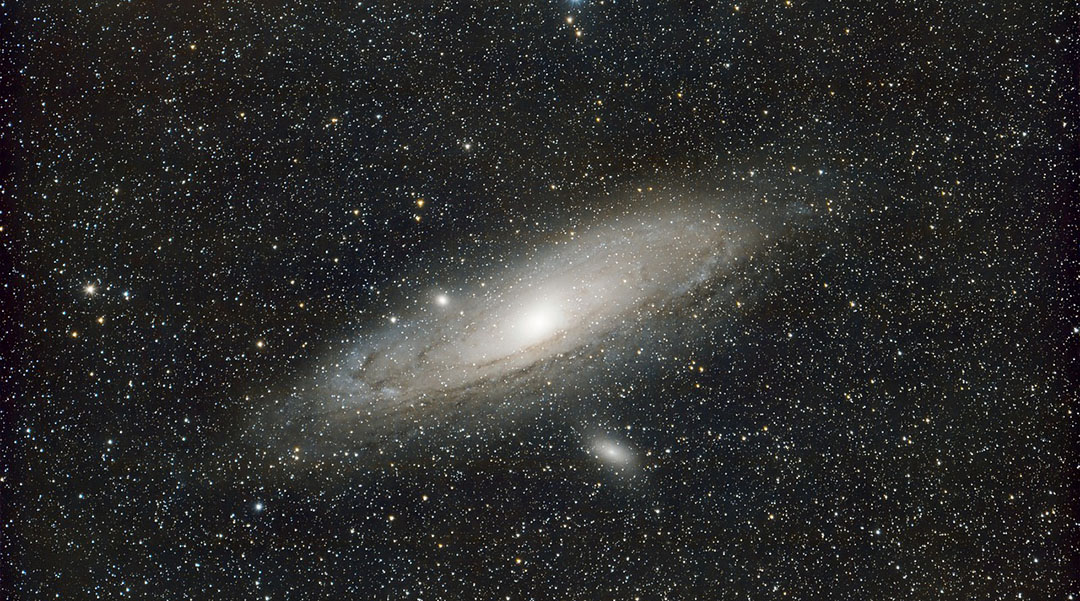
Gas filaments could help explain how supermassive black holes get so big
New observations suggest elongated gas filaments that stretch into space may be feeding supermassive black holes.
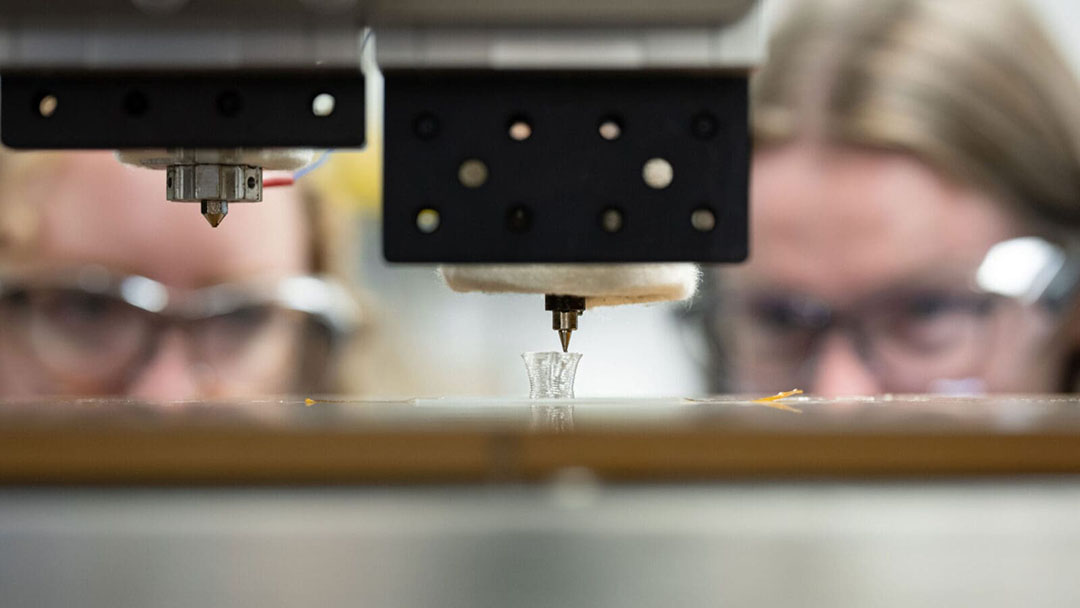
Recyclable 3D-printed plastics that heal, flex, and adapt
A 3D printing technique creates recyclable plastics with adjustable flexibility and strength for soft robots and medical devices.
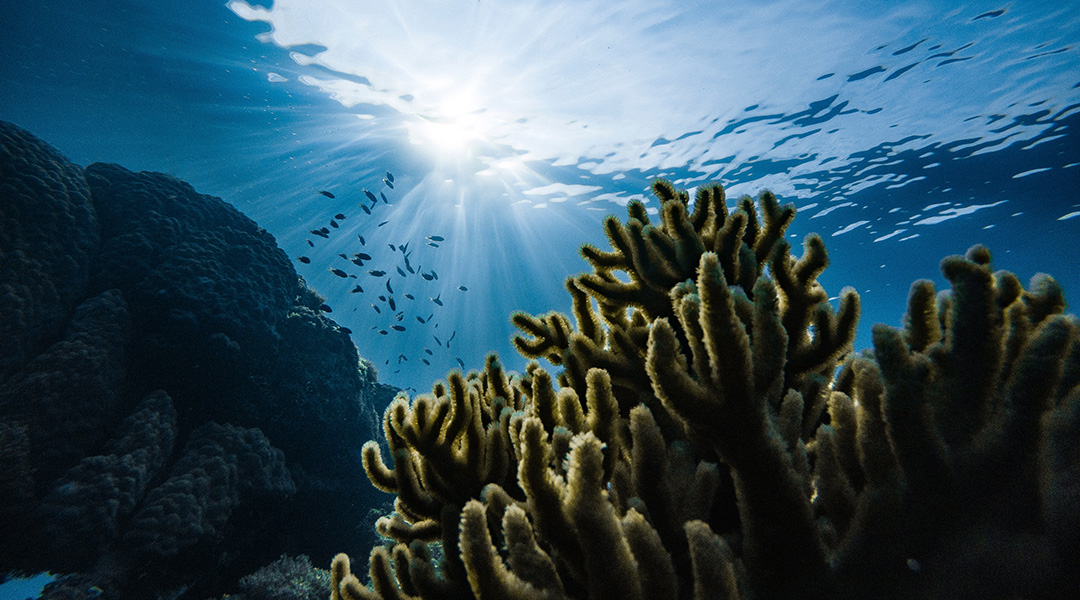
Gold nanoparticles could help coral reefs avoid extinction
Innovative cryopreservation technique revives adult corals, safeguarding their genetic material to seed future populations.
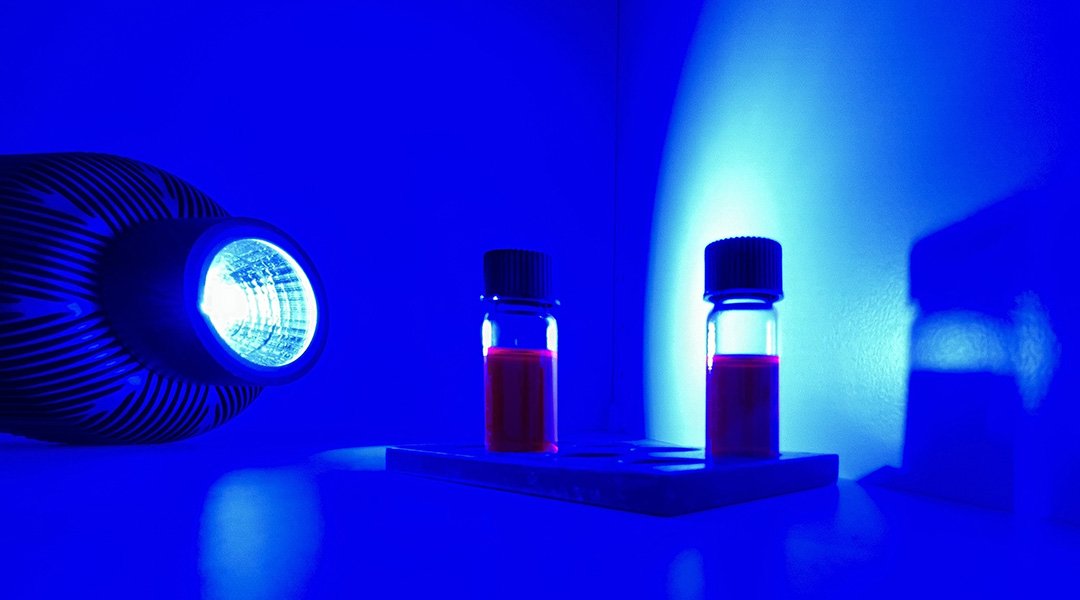
Chemists edit single atoms within carbon rings
Researchers use photocatalysis to edit molecules, adjusting carbon-based ring sizes for versatile structures.
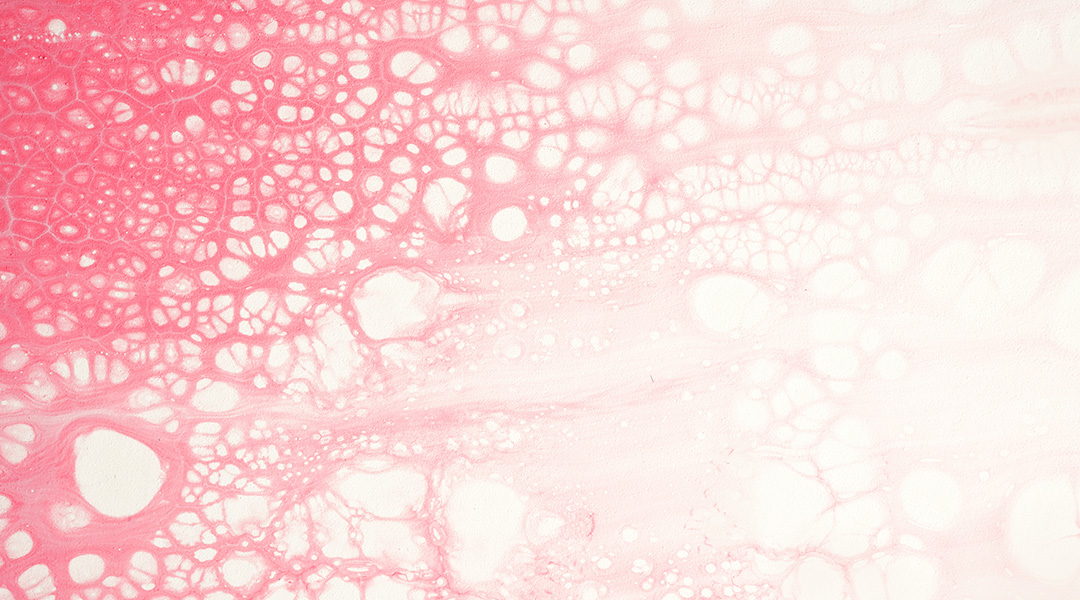
How high blood pressure turns healthy cells into “foam cells”
High blood pressure can rapidly transform healthy arterial cells into inflammation-prone “foam cells” that pose an increased risk of cardiovascular-related issues.

Astronomers track weather on an exoplanet that rains gemstones
The Hubble Space Telescope saw massive cyclones, storms, and weather chaos in the changing atmosphere of WASP-121b, a planet so hot it rains iron, sapphires, and rubies.
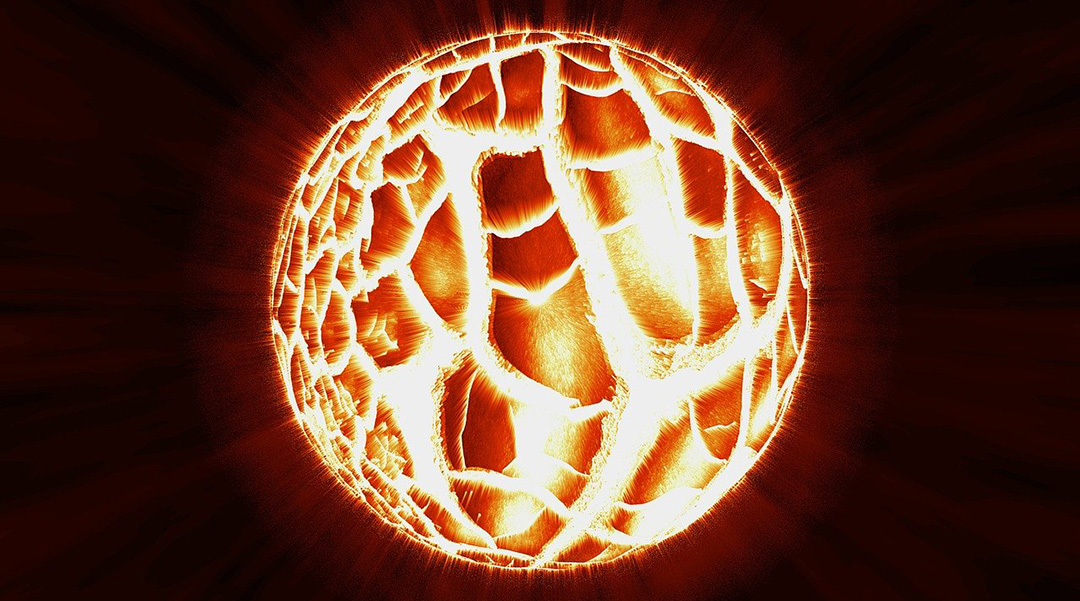
Neutron stars may be hiding quark matter in their cores
Massive neutron stars have such enormous pressure in their cores that neutrons residing there lose their integrity and become a new type of matter.
ASN Newsletter
Sign up for our newsletter and receive the latest science news directly to your inbox.

Surprisingly, giant viruses keep algal blooms healthy
Contrary to previous assumptions, giant viruses play a vital role in sustaining algal blooms that form around the world every year.

The surprising biodiversity of a Brisbane backyard
A year-long survey of an ordinary urban lot found over 1000 unique species, revealing our yards are home to a great diversity of life.
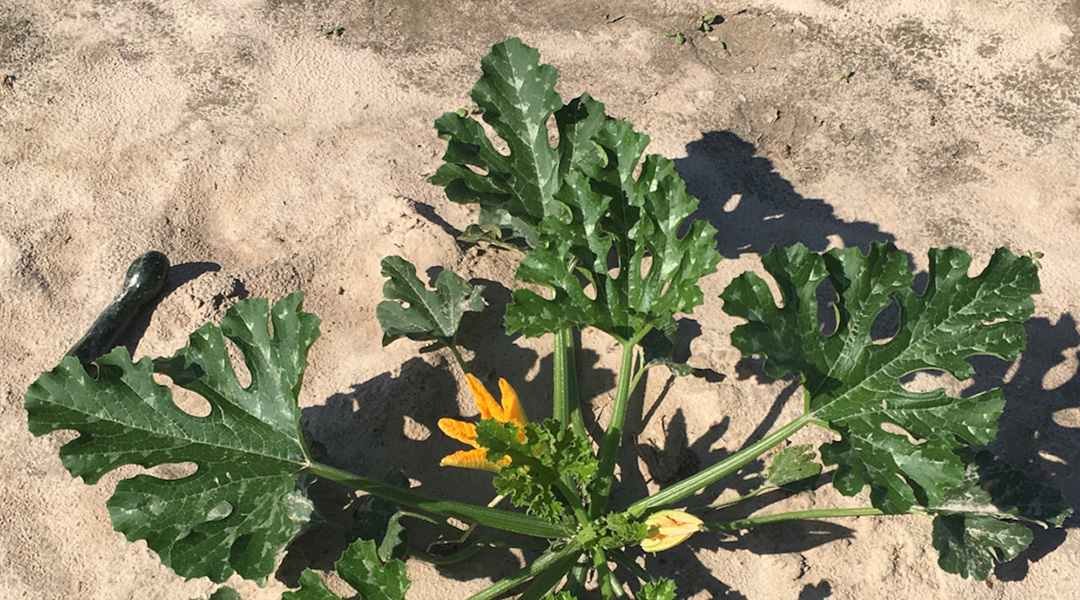
Plants signal danger and fortify neighbors against hungry insects
Squash plants send chemical warnings underground, empowering neighbors to resist insect attacks, providing insights into natural pest management.
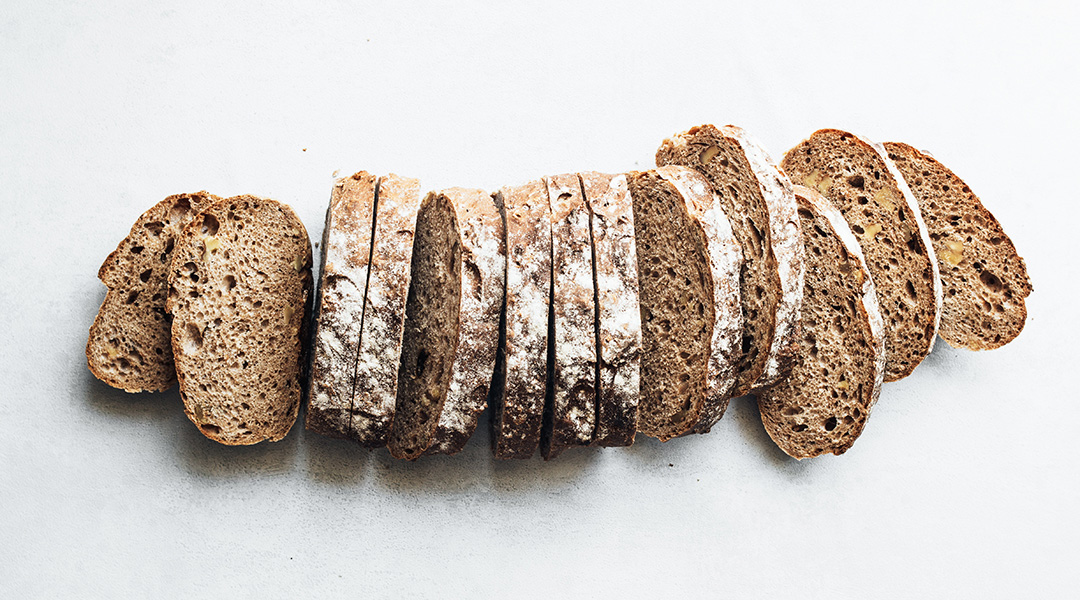
How expectations influence symptoms of gluten sensitivity
The nocebo effect appears to play a role in gluten sensitivity, indicating the brain’s possible involvement in the condition.
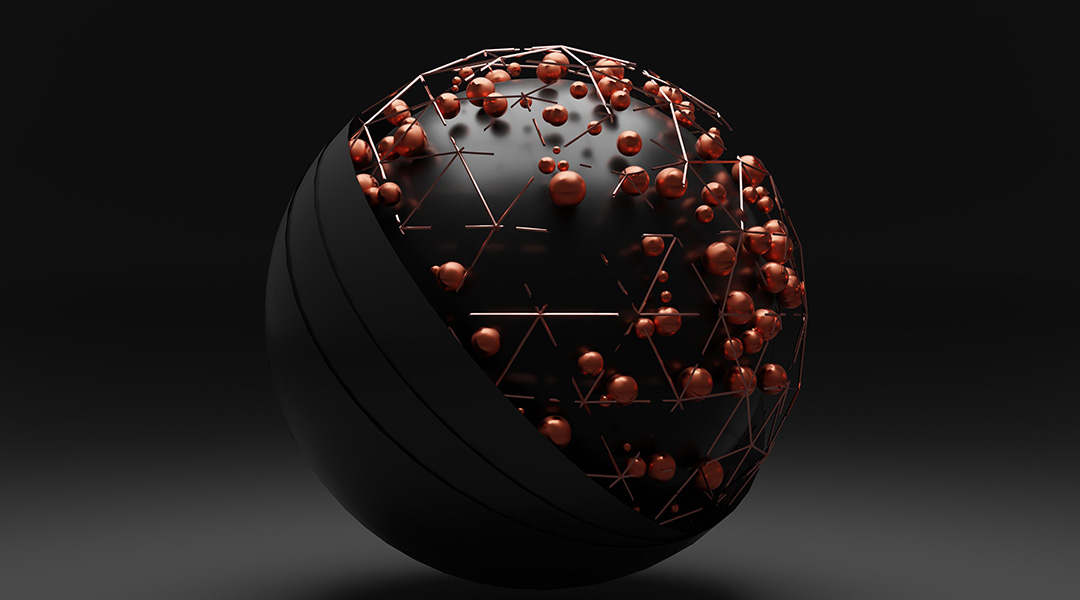
Next-gen computing replaces transistors with quantum dots
Scientists pioneer mixed-valence molecules in quantum-dot automata for faster, room-temperature operation, overcoming transistor limits.

Red meat allergy on the rise, thanks to tick bites
An allergy to red meat known as alpha-gal syndrome is brought on by tick bites and is becoming a global issue.
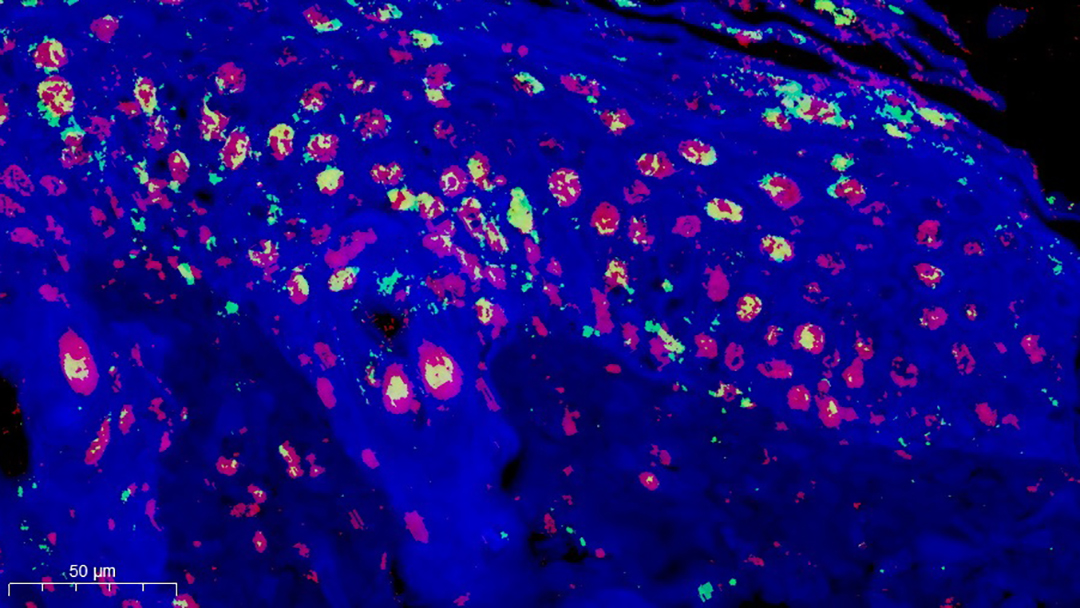
Zwitterions speed up healing in diabetic wounds
Zwitterionic hydrogels boost healing in diabetic wounds by balancing the immune response, reducing inflammation, and promoting tissue growth.

An organ-on-chip simulates the effects of cosmic radiation on astronauts
Future astronauts may be protected from galactic cosmic rays thanks to a novel organ-on-chip system containing interconnected human tissue.

Cutting out processed foods doesn’t automatically make a diet healthier
Switching to less processed does not guarantee a healthy diet; the types of foods may be more important than their level of processing.
Red meat allergy on the rise, thanks to tick bites
An allergy to red meat known as alpha-gal syndrome is brought on by tick bites and is becoming a global issue.
Zwitterions speed up healing in diabetic wounds
Zwitterionic hydrogels boost healing in diabetic wounds by balancing the immune response, reducing inflammation, and promoting tissue growth.
An organ-on-chip simulates the effects of cosmic radiation on astronauts
Future astronauts may be protected from galactic cosmic rays thanks to a novel organ-on-chip system containing interconnected human tissue.
Cutting out processed foods doesn’t automatically make a diet healthier
Switching to less processed does not guarantee a healthy diet; the types of foods may be more important than their level of processing.
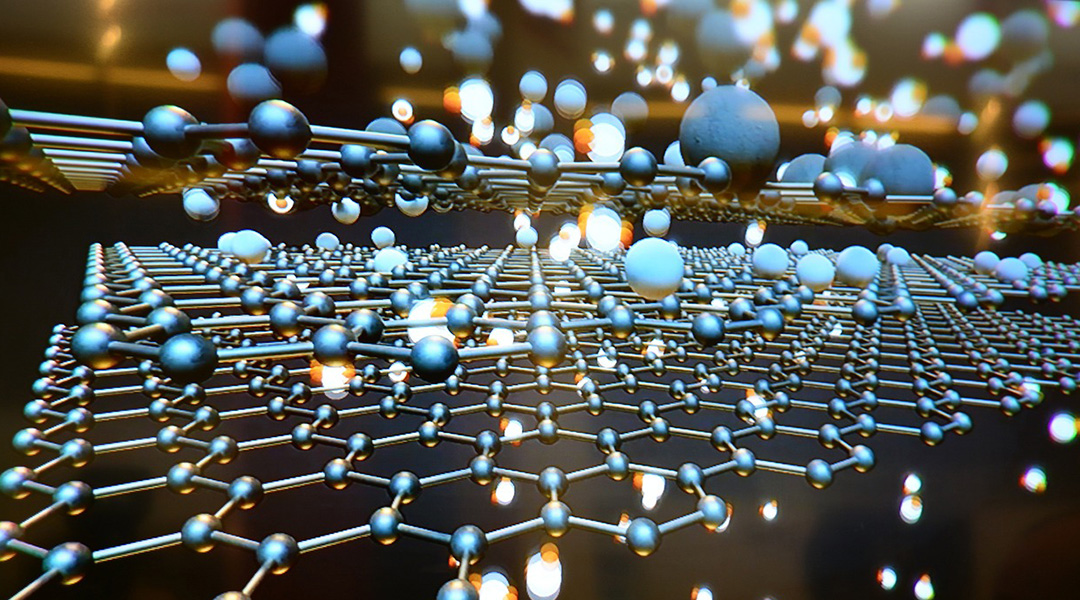
Graphene gets a magnetic boost
A new hybrid graphene incorporates new elements to help make the material magnetic for applications in electronics and computer science.

New JWST data challenges our understanding of supermassive black holes
The new findings contradict most observations of supermassive black holes, making this an unprecedented discovery.
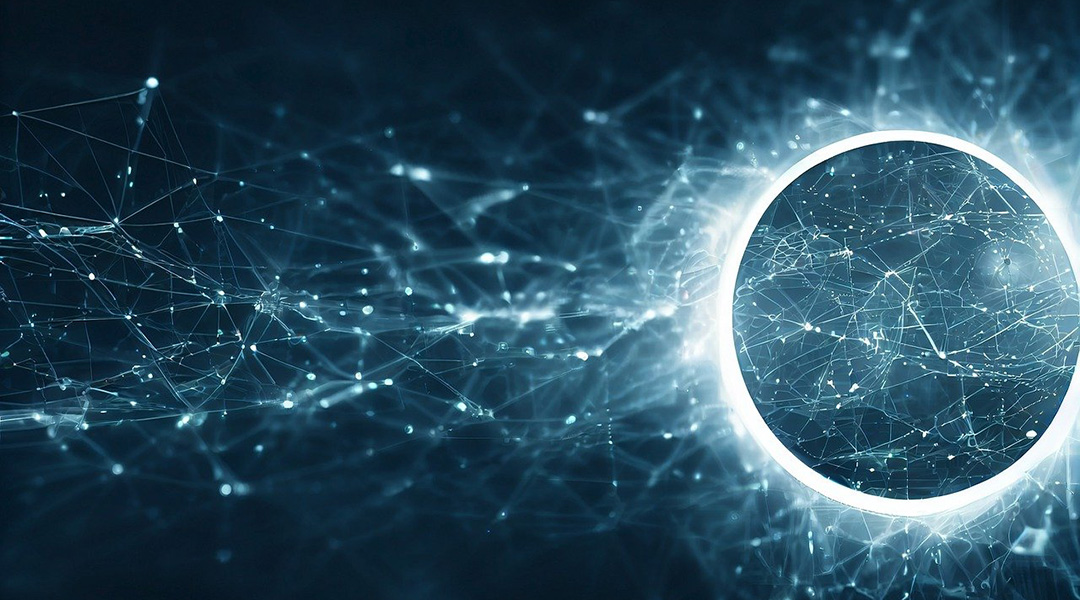
New test could help detect effects of quantum gravity
Gaining an understanding of quantum gravity could help scientists uncover some of the Universe’s deepest mysteries.

New memristor design could be a game-changer for AI and big data
Computers based on memristors promise significant energy savings and improved accuracy in large-scale computing.
Graphene gets a magnetic boost
A new hybrid graphene incorporates new elements to help make the material magnetic for applications in electronics and computer science.
New JWST data challenges our understanding of supermassive black holes
The new findings contradict most observations of supermassive black holes, making this an unprecedented discovery.
New test could help detect effects of quantum gravity
Gaining an understanding of quantum gravity could help scientists uncover some of the Universe’s deepest mysteries.
New memristor design could be a game-changer for AI and big data
Computers based on memristors promise significant energy savings and improved accuracy in large-scale computing.

World’s purest silicon chip could make quantum computers error-free
A new method to purify silicon for quantum computer chips could solve one of the biggest challenges in quantum computing.

Teaching old magnetic cilia new tricks
These hair-like structures with applications in robotics are now reprogrammable, negating the need to replace them after one use.
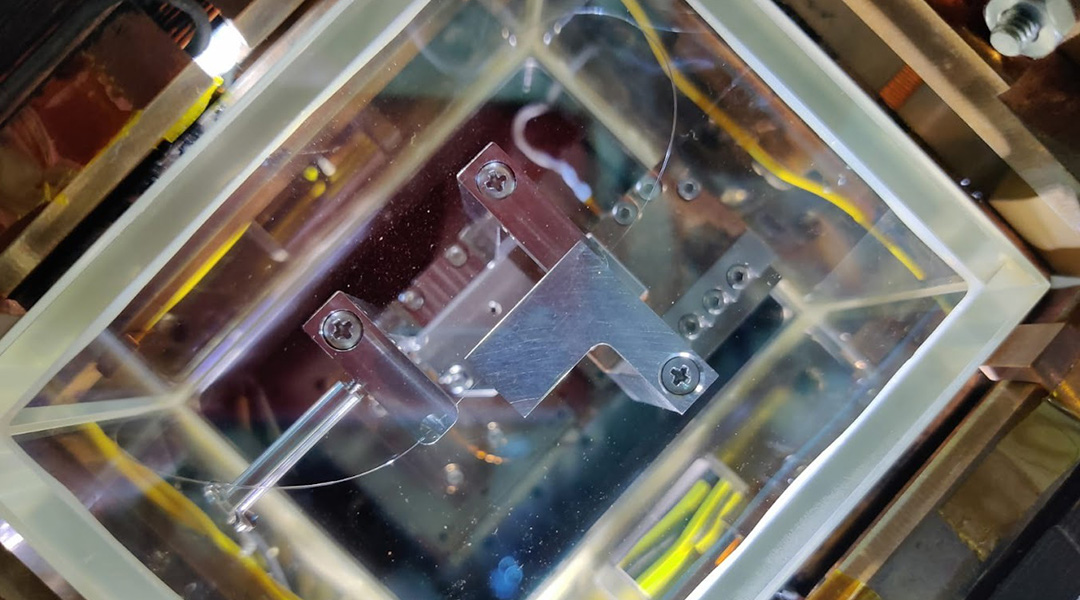
Are quantum communications truly unhackable? Study suggests otherwise
In theory, quantum communications should be impossible to hack, but study shows this may not be true in practice.
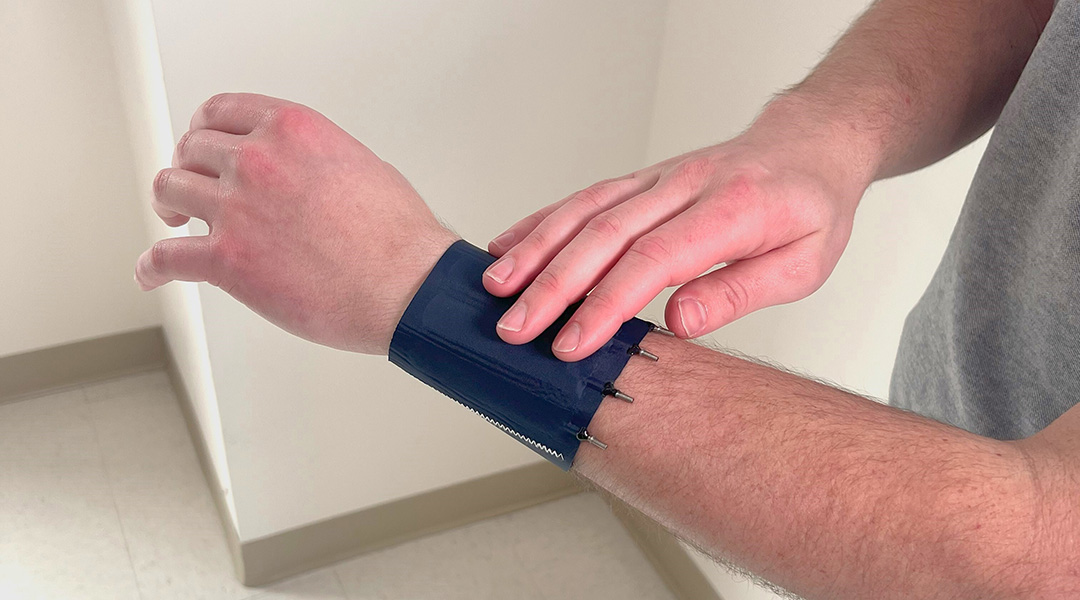
This haptic sleeve is moving wearable technology beyond smartwatches
A haptic sleeve combines a new kind of on-demand information with soft textiles, taking haptic technology to new levels.
World’s purest silicon chip could make quantum computers error-free
A new method to purify silicon for quantum computer chips could solve one of the biggest challenges in quantum computing.
Teaching old magnetic cilia new tricks
These hair-like structures with applications in robotics are now reprogrammable, negating the need to replace them after one use.
Are quantum communications truly unhackable? Study suggests otherwise
In theory, quantum communications should be impossible to hack, but study shows this may not be true in practice.
This haptic sleeve is moving wearable technology beyond smartwatches
A haptic sleeve combines a new kind of on-demand information with soft textiles, taking haptic technology to new levels.

Fear of snakes may be driving them to extinction
With Africa’s population set to double by 2050, many snake species face a higher risk of extinction, prompting concerns among conservationists.

Gold nanoparticles could help coral reefs avoid extinction
Innovative cryopreservation technique revives adult corals, safeguarding their genetic material to seed future populations.

Surprisingly, giant viruses keep algal blooms healthy
Contrary to previous assumptions, giant viruses play a vital role in sustaining algal blooms that form around the world every year.

The surprising biodiversity of a Brisbane backyard
A year-long survey of an ordinary urban lot found over 1000 unique species, revealing our yards are home to a great diversity of life.
Fear of snakes may be driving them to extinction
With Africa’s population set to double by 2050, many snake species face a higher risk of extinction, prompting concerns among conservationists.
Gold nanoparticles could help coral reefs avoid extinction
Innovative cryopreservation technique revives adult corals, safeguarding their genetic material to seed future populations.
Surprisingly, giant viruses keep algal blooms healthy
Contrary to previous assumptions, giant viruses play a vital role in sustaining algal blooms that form around the world every year.
The surprising biodiversity of a Brisbane backyard
A year-long survey of an ordinary urban lot found over 1000 unique species, revealing our yards are home to a great diversity of life.
No Results Found
The page you requested could not be found. Try refining your search, or use the navigation above to locate the post.
No Results Found
The page you requested could not be found. Try refining your search, or use the navigation above to locate the post.
No Results Found
The page you requested could not be found. Try refining your search, or use the navigation above to locate the post.
No Results Found
The page you requested could not be found. Try refining your search, or use the navigation above to locate the post.







